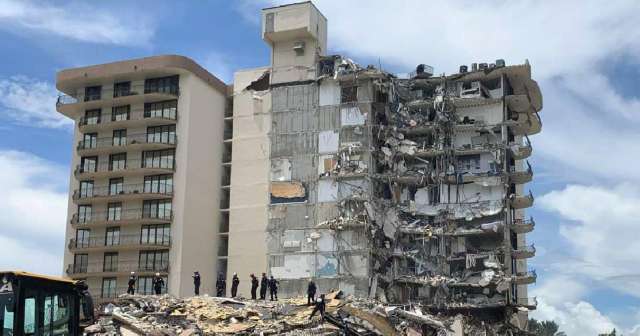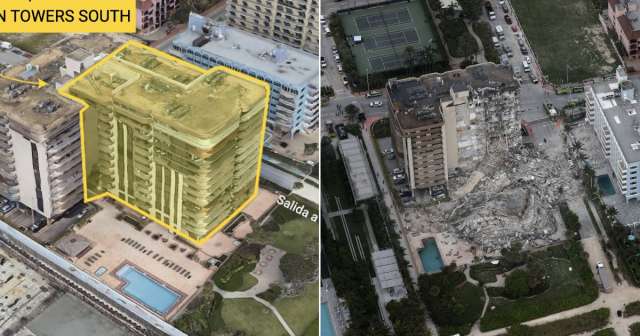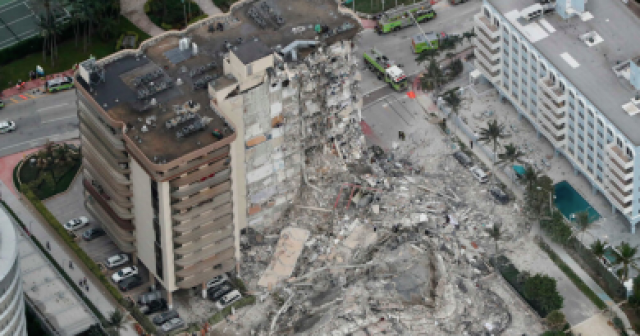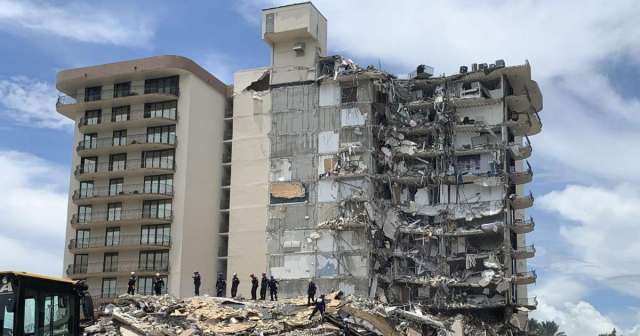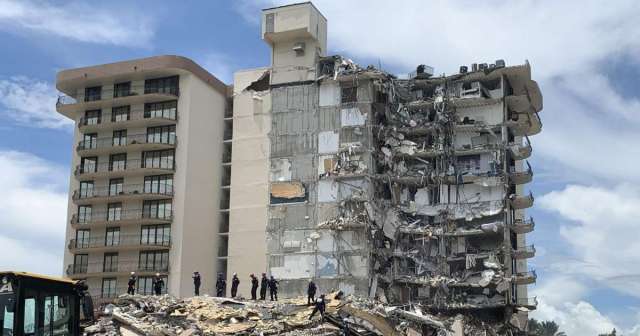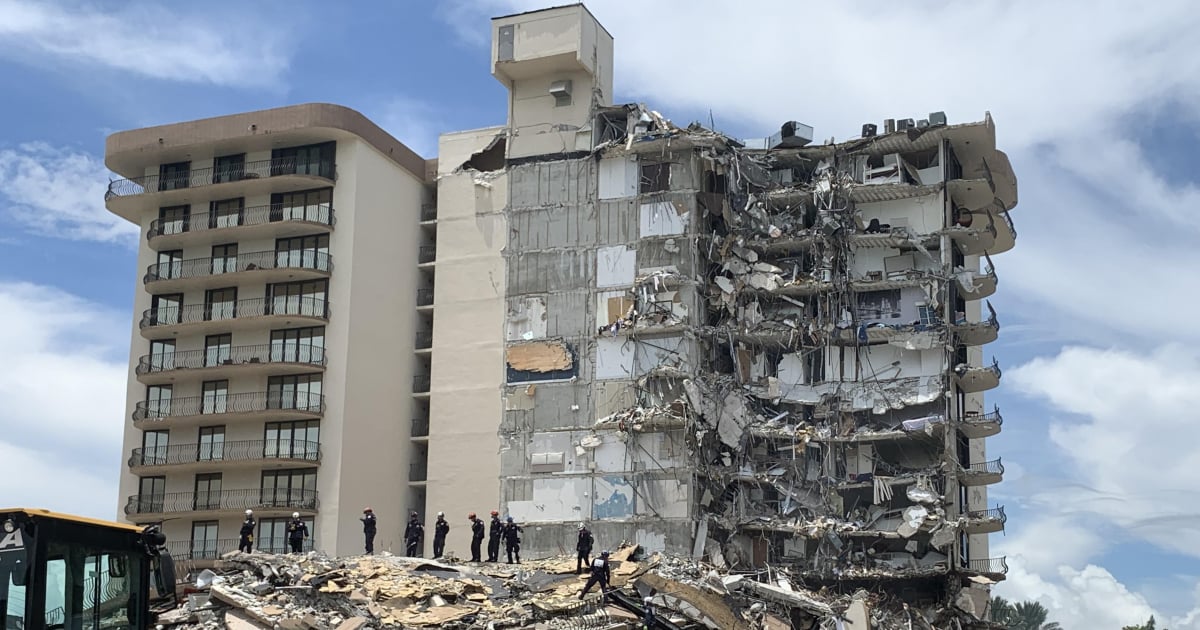
The federal report on the deadly collapse of the Champlain Towers South condominium in Surfside in 2021 will be released in 2026, a year later than previously estimated, due to delays in the investigation.
El Nuevo Herald obtained an update published on September 12 by a research team from the National Institute of Standards and Technology, which indicates that they face challenges related to testing, obtaining documents, and interviewing witnesses.
Judith Mitrani-Reiser, principal investigator, commented: “Unfortunately, we have faced technical and programmatic delays that have forced us to adjust our timeline.”
Among the complications, the departure of a key member of the geotechnical team and the difficulty in accessing records from the local government stood out.
The investigation involves the analysis of concrete samples and critical connections of the building. So far, more than 33 million dollars have been spent on this process, which seeks to recreate conditions to simulate the corrosion of steel reinforcements and test their resistance.
Pablo Langesfeld, whose son and son-in-law died in the collapse, expressed his frustration over the delays: "We don't need more hypotheses. We need solid and concrete answers," he demanded at a recent meeting.
Originally, the preliminary report was scheduled for 2025, but it has been adjusted so that the draft will be published in the spring of 2026, just five years after the tragedy that claimed the lives of 98 people in Surfside, north of Miami Beach.
The research team, which includes dozens of engineers and experts, is conducting a thorough review of the collapse, including the analysis of more than 1,000 material samples taken from the site.
Glenn Bell, co-leader of the investigation, highlighted the complexity of the case and assured that they will continue to work meticulously to provide accurate answers and develop recommendations that enhance the safety of other buildings in Miami.
The final report, which will include the opportunity for public comments on the draft, is expected by the end of 2026.
Last year, Professor Ken Hover from Cornell University and a member of the federal investigation asserted during the preliminary presentation that the failures in the pool floor were "the main hypothesis" regarding the cause of the tragedy.
This expert denied that there was evidence of an explosion or an accident in the garage.
During the investigative process, the experts have interviewed dozens of witnesses, consulted public records, construction manuals from four decades ago, conducted tests with the building materials of the tower, and built models to test the possible structural failures of the building, reported Telemundo 51.
The building, constructed in 1981, had a history of reports about structural problems, and three years before its collapse, an engineer had warned about "serious structural damage" in the building.
In 2022, a judge approved compensation of more than $1 billion for victims of the collapse and their families.
What do you think?
COMMENTFiled under:

